Top 10 Iconic Fashion Trends Throughout History
Fashion trends are more than just a reflection of style and taste; they are a mirror of cultural shifts, historical events, and societal transformations. Throughout history, various fashion trends have not only defined eras but also signified movements and changes in the global landscape. This Top 10 list revisits some of the most iconic fashion trends that have left an indelible mark on the world of fashion. These trends are remembered for their originality, impact, and the way they challenged and changed the norms of their times. From the extravagant to the subtle, each of these trends has played a pivotal role in shaping the fashion industry and influencing future styles.
1. The Flapper Dress of the 1920s
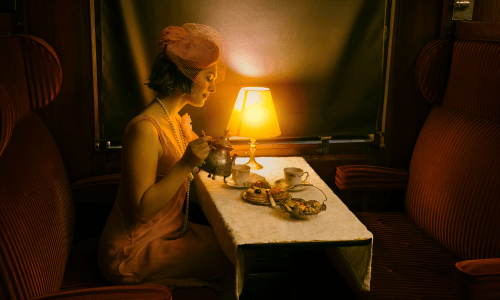
The 1920s introduced the flapper dress, symbolizing a new era of freedom and rebellion among women. Characterized by its loose fit, dropped waist, and dazzling embellishments, the flapper dress was a stark contrast to the restrictive corsets of the previous era. It represented women’s liberation, both sartorially and socially, and became an emblem of the Roaring Twenties.
2. The Mini Skirt of the 1960s
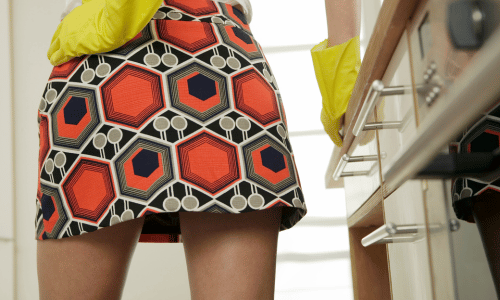
Popularized by designer Mary Quant, the mini skirt became a symbol of youthful rebellion and sexual freedom in the 1960s. Its daringly short hemline was a bold departure from the conservative fashion of earlier decades. The mini skirt not only transformed women’s fashion but also became a powerful symbol of the feminist movement.
3. The Hippie Movement of the Late 1960s and Early 1970s

The hippie movement brought with it a fashion revolution characterized by bell-bottom jeans, tie-dye shirts, and flower crowns. This trend was not just about style but also a reflection of the counterculture of the era, representing peace, love, and freedom. The hippie aesthetic remains influential, often revived in contemporary bohemian styles.
4. Punk Fashion of the 1970s
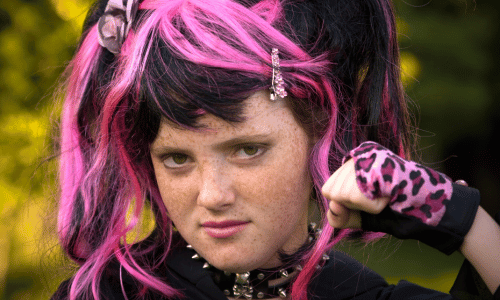
Emerging from the punk rock scene, punk fashion was defined by its edgy, rebellious nature, featuring leather jackets, ripped jeans, and safety pins. This trend was a form of self-expression and rebellion against the mainstream. Its influence is still seen in modern streetwear and high fashion.
5. Power Dressing of the 1980s

The 1980s saw the rise of power dressing, influenced by the growing number of women in the workforce. Characterized by shoulder pads, tailored suits, and bold colours, power dressing was about asserting authority and confidence. This trend mirrored the economic boom of the era and the evolving role of women in society.
6. Grunge of the Early 1990s
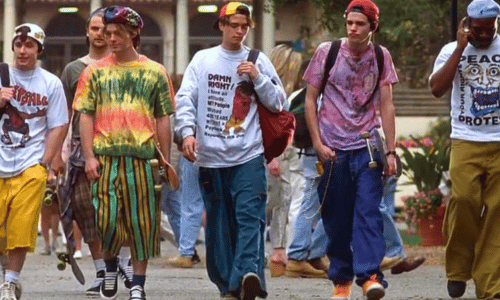
Grunge fashion, born out of the grunge music scene in Seattle, was characterized by its laid-back and unkempt look. Flannel shirts, ripped jeans, and combat boots were staples of this trend. Grunge was a departure from the extravagance of the 1980s, representing a generation’s disillusionment with society.
7. The Little Black Dress
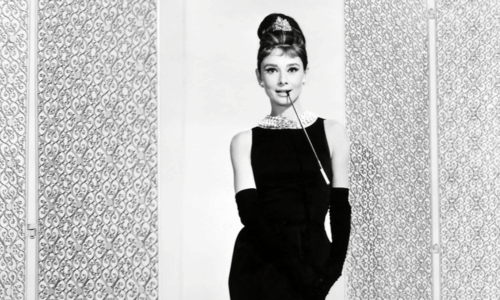
Popularized by Coco Chanel in the 1920s, the little black dress (LBD) has become a timeless staple in women’s fashion. Its simplicity, elegance, and versatility have made it a go-to outfit for any occasion. The LBD has been reinterpreted by designers across decades, cementing its status as an iconic fashion piece.
8. Denim Jeans
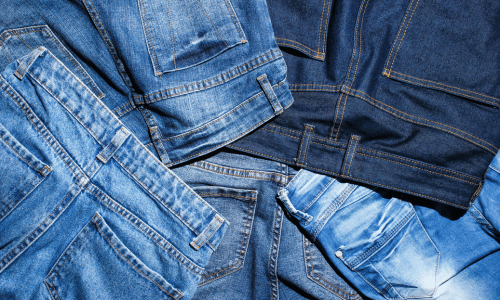
Originally designed as workwear in the late 19th century, denim jeans have evolved into a fashion staple, transcending age, gender, and style. From bell bottoms to skinny jeans, their versatility and durability have made them a perennial favourite in casual wear.
9. Athletic Wear and Streetwear

The late 20th and early 21st centuries saw the rise of athletic wear and streetwear in mainstream fashion. Brands like Nike, Adidas, and Supreme led the way in making sportswear stylish and everyday wear. This trend signalled a shift towards comfort, functionality, and urban influence in fashion.
10. Sustainable and Eco-Friendly Fashion

In response to growing environmental concerns, sustainable and eco-friendly fashion has become a significant trend. This movement focuses on ethical production practices, sustainable materials, and reducing the fashion industry’s environmental footprint. It represents a shift towards conscious consumerism and responsibility in fashion.
These iconic fashion trends have not only defined their respective eras but also influenced successive generations. They reflect the dynamic nature of fashion, constantly evolving with cultural and societal changes. From flapper dresses to sustainable fashion, these trends highlight fashion’s power as a form of self-expression and social commentary. We invite you to share your thoughts on these trends and their impact. Do you have a favourite iconic fashion trend, or is there another trend you believe has significantly influenced the world of fashion? Join the conversation and let us know!
“If you like this, you might like Top 10 of the most expensive women’s shoes ever





